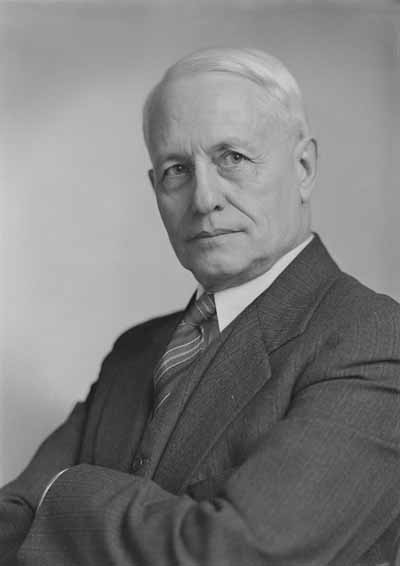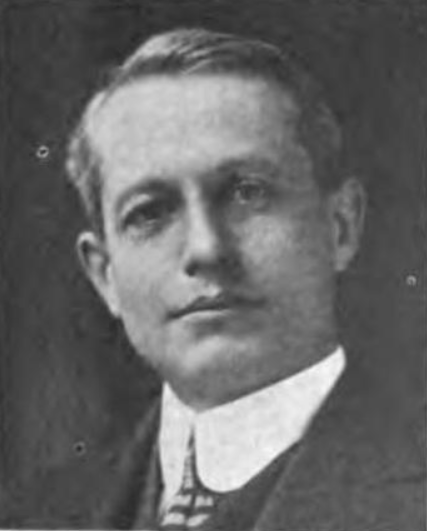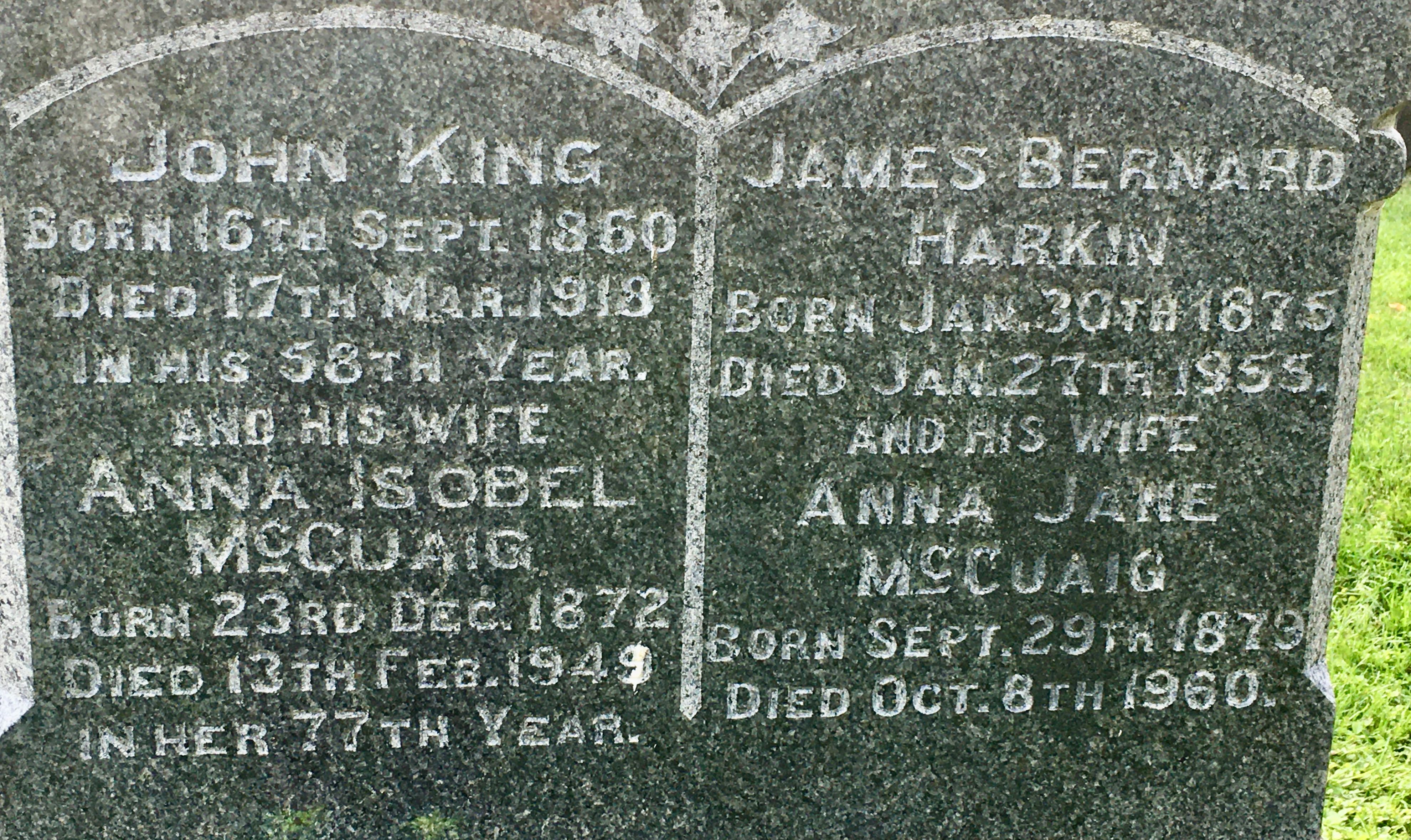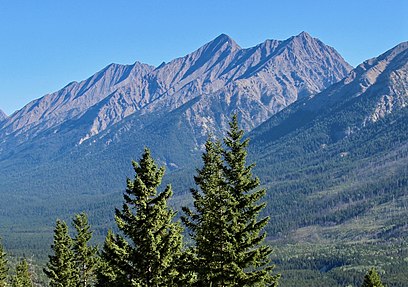
The father of National Parks - James Bernard Harkin
James Bernard Harkin
Section 41, Lots 46 Ctr and 47 Ctr
James Harkin was born in Vankleek Hill, On, January 30 1875. He worked as a newspaperman from 1893 until 1901 when he changed careers to work as a political secretary to Clifford Sifton, Minister of Interior. He was employed there until 1911, at which time Harkin accepted the job of building a national parks service. He was the first Commissioner of the Dominion Parks Branch, the predecessor of Parks Canada.

He helped draft the National Parks Act of 1930, and over the course of his 25 years as Commissioner he created 13 protected areas that touched almost every province. Harkin’s work there earned the nickname “the father of National Parks.” Harkin firmly believed that park tourism would boost the economy as well as being good for the health and well-being of his fellow Canadians.
In 1923, Harkin was the first to open a road that crossed the Rockies, the Banff Windermere Highway. Harkin also founded the Historic Sites and Monuments Board of Canada. Established in 1919, the HSMBC is an advisory board with representatives from all provinces and territories, which reviews submissions and advises the Minister of the Environment on the significance of each proposal.
Harkin was very much in favour of making Canada’s parks accessible to tourists (and, in turn, profitable), and to that end he was instrumental in the creation of motor vehicle legislation that permitted vehicles to enter parks, pushed for the improvements of existing roads through parks and supported major highway projects, such as the Banff Windermere Highway, that connected more visitors to parks.
All of his efforts increased tourism to Canada's national parks: while only 100,000 people visited a national park in 1921, by 1928 that number had grown to 550,000. Harkin retired from government service in 1935, when the Parks Branch was consolidated with other departments. He died on January 27, 1955.

Harkin continues to be honoured by The J.B. Harkin Conservation Award that is given to individuals who have made a significant contribution to the conservation of Canada’s parks and wilderness areas. There is also a mountain named for him in BC’s Kootenay National Park in the Mitchell Range.
Mount Harkin is a 2,979-metre (9,774-foot) mountain summit located in the Kootenay River Valley along the eastern border of Kootenay National Park. Park visitors can see the peak from Highway 93, also known as the Banff–Windermere Highway. It is part of the Mitchell Range, which is a sub-range of the Canadian Rockies of British Columbia, Canada. Its nearest higher peak is Mount Assiniboine, 14.0 km (8.7 mi) to the northeast.


